
A Guide to Chashitsu: The Japanese Tea Room
De Team MUSUBI
At the heart of Japanese culture lies an aesthetic that cherishes quietude and harmony with nature. The chashitsu—a Japanese tea room, sometimes called a Japanese tea house— may appear modest, yet it is imbued with the subtle beauty of the seasons, and the interplay of light and shadow.
By savoring a single bowl of tea with care, the mind is gently realigned, offering a moment’s retreat from the busyness of daily life. Far more than a stage for the tea ceremony, the chashitsu is a space thoughtfully designed to calm the spirit and awaken the senses. In this article, we explore the art of tea room ornamentation and spatial design.
Table of contents
The Way of Tea and the Chashitsu
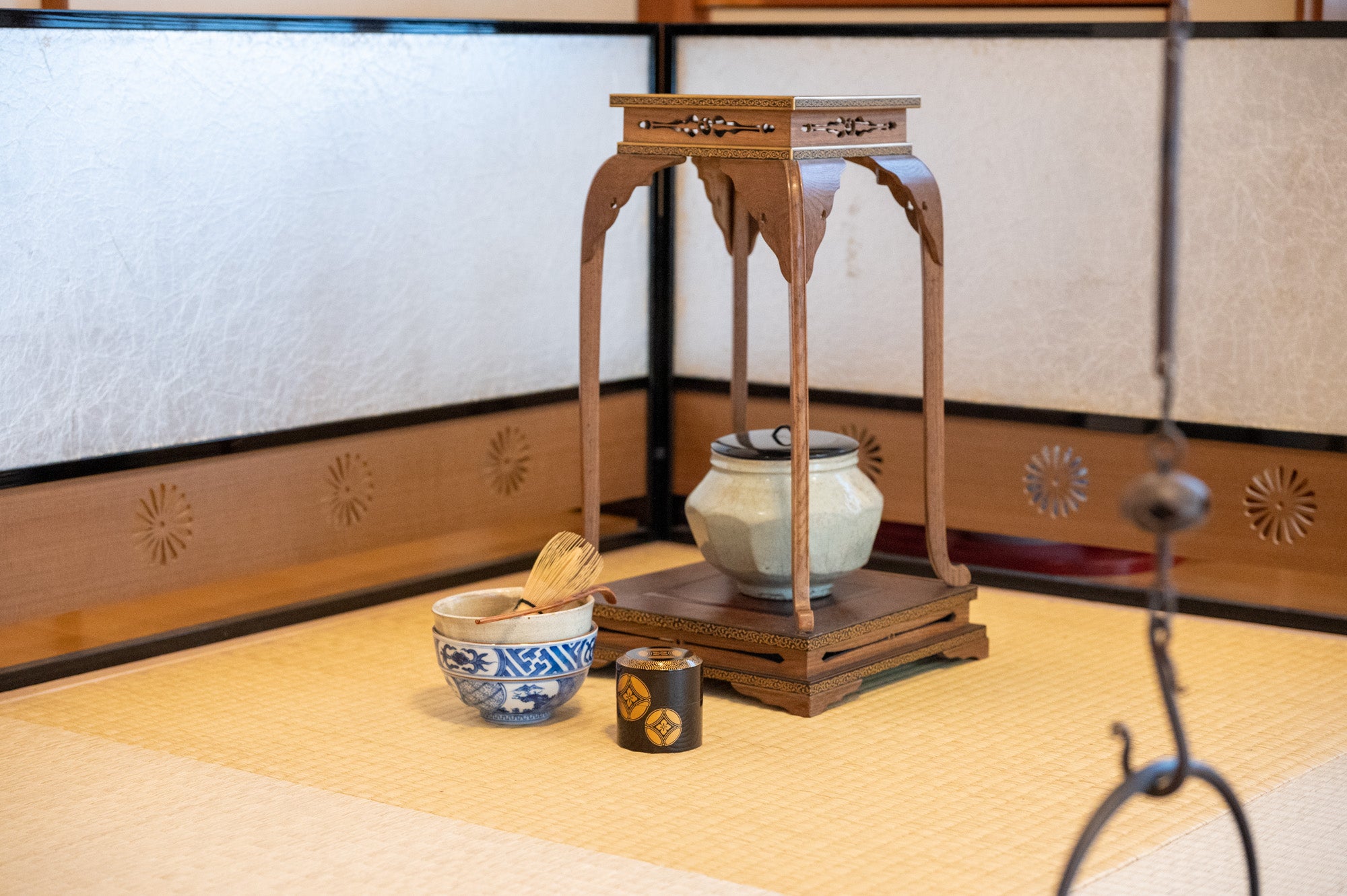
The Japanese Way of Tea, or chado, is often described as a condensed expression of Japan’s cultural essence, integrating four essential dimensions: material, spiritual, social, and historical. Its materiality is seen in utensils, kimono, tatami mats, and the architecture of tea rooms. Its spirituality lies in the mindful etiquette and tools imbued with hospitality. Its social dimension is found in the sharing of matcha, creating connections. And its historical continuity reflects how the tea ceremony has evolved across generations.
At the heart of the Way of Tea lies the chashitsu, the Japanese tea room. It is a specially designed space where the spirit of hospitality and quiet interpersonal exchange take place. Its origins trace back to medieval Japan, and it is closely tied to the philosophy of wabi-cha, which was formalized by the tea master Sen no Rikyu (1522–1591 CE) and is central to the idea of wabi sabi aesthetics.
The aesthetic and spiritual orientation of the chashitsu aligns deeply with Zen philosophy and meditation. By stripping away distractions and emptying the mind, the practitioner faces the bowl of matcha with full presence, an approach closely resembling zazen. Within this small universe, time slows, and the guest is encouraged to savor the now.
Design of the Chashitsu
There are two main architectural styles of chashitsu. The first is the grass-hut style (soan), entered through a small doorway beyond a tea garden, emphasizing modesty and simplicity. The second is the shoin-style, based on sukiya-zukuri architecture, and carries a more formal impression. Both styles share a common principle: creating silence and spatial “margin” by removing excess, thereby inviting mindfulness and encouraging visitors to relax.


The four-and-a-half tatami mat layout, known as koma, was refined and formalized by Sen no Rikyu, and has since become the standard for Japanese tea rooms. Central to this space is the toko, an alcove where a seasonal hanging scroll and tea flowers are placed. Guests are seated in a particular order, with the most honored guest seated closest to the toko.
The spatial concept of shichu no sankyo—a mountain retreat within the city—originated in the Muromachi period (1336–1573 CE) and continues to shape tea houses and chashitsu design today. Even when located in urban areas, tea rooms evoke the quietude of a mountain hermitage.
The design of the chashitsu is meant to separate the practitioner from everyday life, both physically and mentally. Every movement in the tea room, including posture and breathing, is choreographed with precision. This reflects the Zen practice of choshin chosoku, steadily aligning the body and breath so that the mind becomes calm and centered.
Ornamentation in the Chashitsu
Chawan (Matcha Bowl)
Each matcha bowl or chawan has its own unique personality, reflected in its texture and shape. The Raku chawan designed under the guidance of Sen no Rikyu features a straight-sided body and thick rim. For beginners, a rounded bowl with a wide mouth and sufficient depth makes whisking tea easier.
Natsume (Matcha Container) & Chashaku (Tea Scoop)
Tea ceremony utensils include two kinds of containers: chaire for thick tea (koicha) and natsume for thin tea (usucha). Though small, these vessels are essential in the Japanese tea set and command presence in the chashitsu.
The chashaku is a bamboo scoop used to gently add matcha powder into the bowl. It originated from Chinese ivory medicine spoons and later was made using bamboo during Rikyu’s time. Typically 16–20 cm (about 6.3–7.9 in) long, a chashaku is often carved by the tea master and given a poetic name (mei) to reflect the aesthetic of the gathering.
Chasen (Matcha Whisk)
The chasen is used to whisk matcha. The portion inserted into the matcha bowl is called the ho (bristles), formed by delicately splitting the bamboo into inner and outer curls. Most chasen whisks are handcrafted by skilled artisans and feature anywhere from 64 to 120 bristles—the more, the finer the foam.
Chabana & Hanaire (Flowers and Vase)
The only living element in the tea room, chabana embodies the spirit of ichigo ichie, reassuring a once-in-a-lifetime encounter. Following Rikyu’s guidance to “arrange flowers as they are in the field,” their natural beauty is emphasized. Hanaire (flower vases) come in various forms, freestanding, hanging, or suspended from the ceiling, often made of bamboo.
Kakejiku (Hanging Scroll)

A kakejiku conveys the theme of the gathering and is considered the most revered object in the Japanese tea room. It typically features Zen phrases, waka poems, or letters, and is hung in the toko to anchor the spiritual mood. As Rikyu noted, “There is no tool more important than the hanging scroll, for it expresses the shared heart of host and guest.” Its calligraphy brings visual silence and depth to the space.
Mizusashi & Hishaku (Water Container and Ladle)

The mizusashi is a lidded vessel for water, typically cylindrical. Shallow, flat styles are used in summer; slimmer, taller forms are used in late autumn.

The hishaku (bamboo ladle) is divided into two main types: those used in the mizuya (preparation area) and those used during the temae (tea ceremony). Temae ladles include those for the ro (hearth), furo (brazier), and ones suitable for both. Each type differs in the size of the go (ladle bowl) and the attachment of the e (handle).
Kama & Ro (Kettle and Hearth)

As Rikyu said, “If one has a single kettle, that suffices for tea. To pursue many utensils is folly.” The kama or kettle is essential and symbolic. Most tea kettles are made of iron and are traditionally categorized into three major types: the Ashiya kettle from Fukuoka, the Tenmei kettle from Tochigi, and the Kyogama kettle from Kyoto.
The ro is used for boiling water in a tea room. There are two types: the furo, which is used during the summer months from May to October, and the ro, which is used during the winter months from November to April.
Kogo (Incense Container)

Kogo is a small container for incense. In winter (with the hearth), ceramic kogo containers are used to hold kneaded incense. In summer (with brazier), wooden or lacquered kogo containers hold aromatic woods. Made of shell, metal, and bamboo, these containers lend a subtle fragrance to the chashitsu.
Conduct and Spirit in the Chashitsu

Entering a Japanese tea room is not a simple act of just stepping into a space—it is a ritual for preparing the mind and spirit. This entrance requires a respectful mindset and adherence to essential tea ceremony etiquette.
At the foundation lies the philosophy of wa-kei-sei-jaku, a principle cherished in both Zen spiritual thought and traditional tea practice:
Wa (harmony): Cherish balance with others.
Kei (respect): Treat others with sincerity.
Sei (purity): Keep the environment and heart clean.
Jaku (tranquility): Nurture calmness and inner peace.
The movements within the chashitsu are more than manners—they are quiet rituals that reflect respect for the space and help bring the heart into calm alignment.
1. Bow when entering the nijiriguchi (a small crawl-through entrance): Show humility toward the space.
2. Do not turn your back to the toko: The toko serves as the spiritual focal point of the room and should be met with silent reverence.
3. Observe the utensils and scrolls carefully: Appreciate the host’s thoughtful curation.
4. Speak softly, move mindfully: Let every action embody mindfulness and care.
These actions give visible form to thoughtfulness, not rules. They honor the presence of others in a space of shared attention.
Rooted in this experience is the concept of ichigo ichie, treasuring the uniqueness of the moment. Every gesture and exchange in the chashitsu reflects this spirit of intentional presence.
The Way of Tea in the Modern World

We live in a time where efficiency and speed are valued above all else. Between the pressures of work and daily life, moments to slow down are increasingly seen as a luxury. In such a world, the Way of Tea gently asks us to pause—to notice the present and appreciate it fully. The careful preparation of a bowl of tea is a ritual that helps calm and focus the heart. It offers time to reflect on our relationships and listen inwardly.
In the tea room, every gesture—from the handling of utensils to the arrangement of space—is an expression of omoiyari, the quiet consideration of others. These subtle sensitivities help us reconnect with a sense of humanity that is sometimes lost in everyday moments. The Way of Tea carries with it a quiet richness—one that feels more necessary than ever in the world we live in today.
Through matcha, through tatami, through the silence of the chashitsu, we remember what it means to simply be.







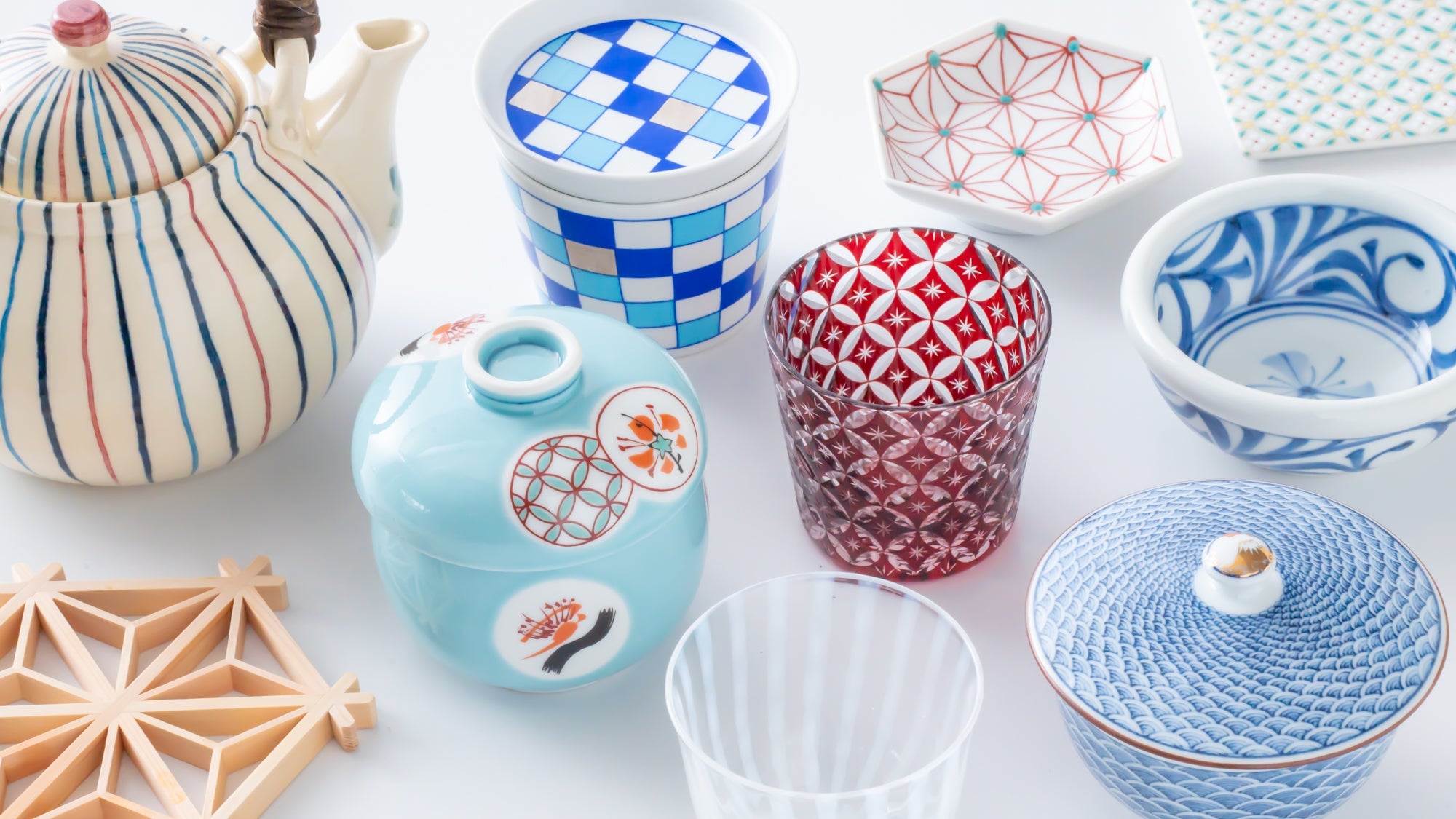



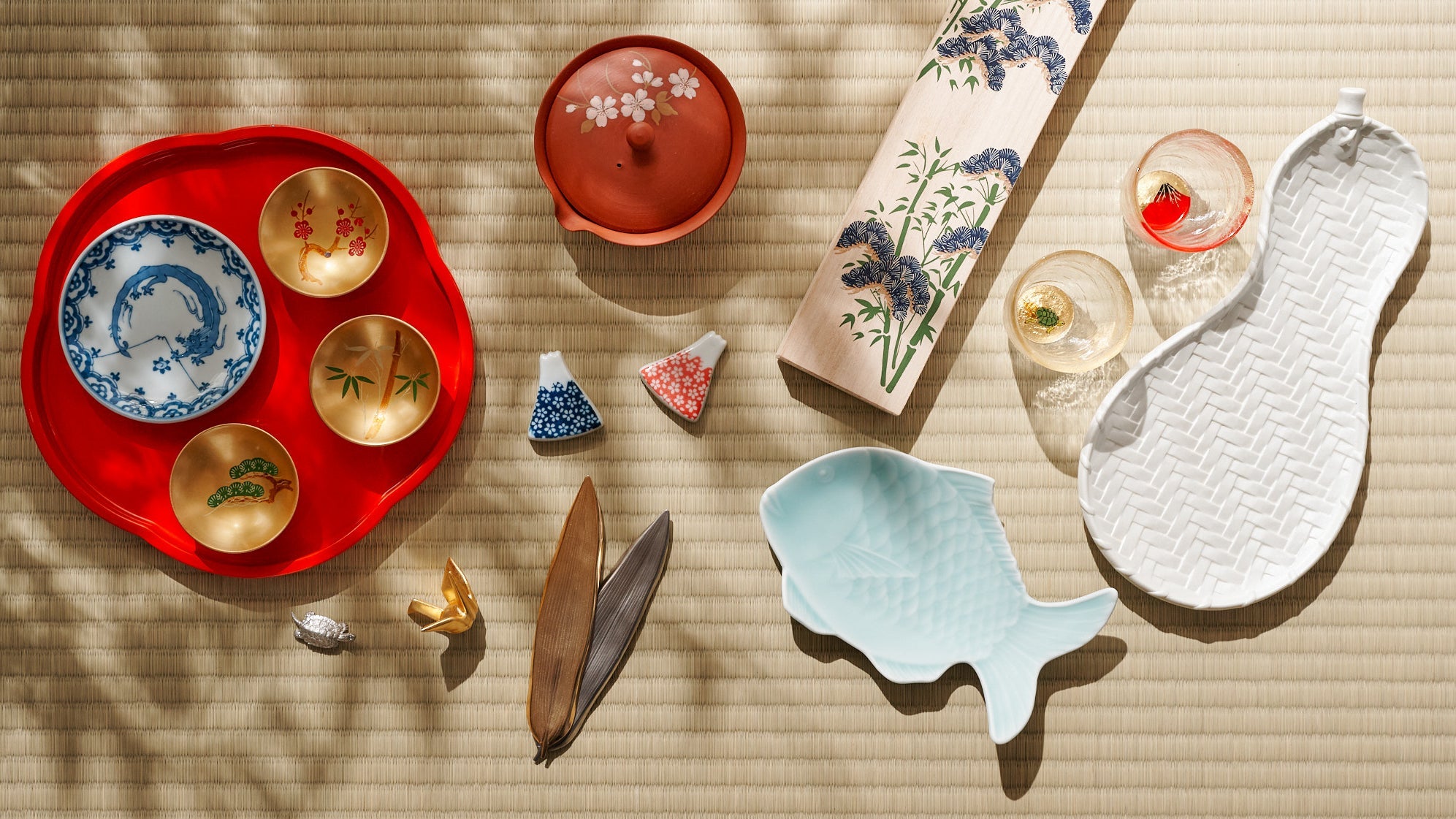
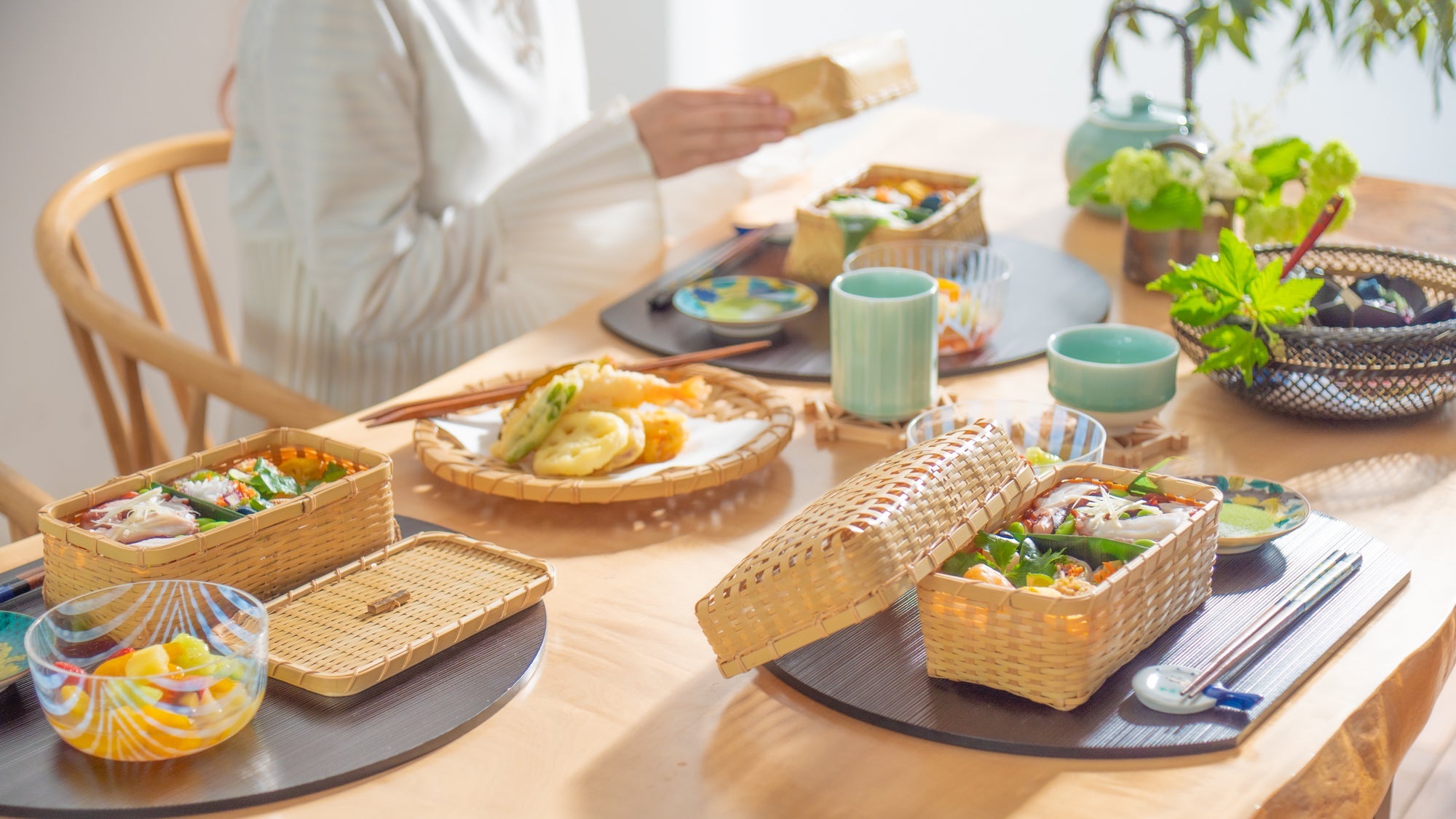
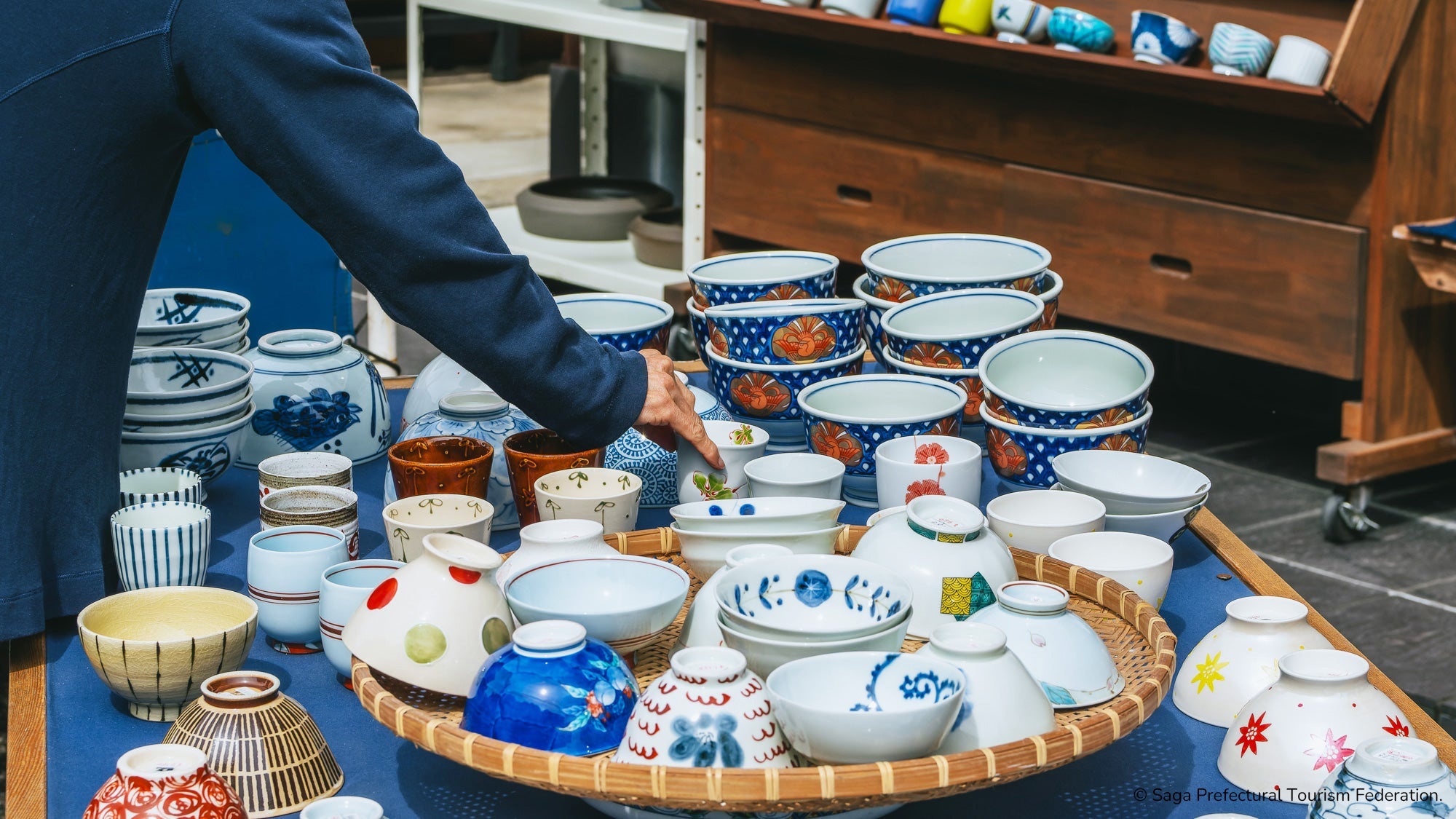

Dejar un comentario
Este sitio está protegido por hCaptcha y se aplican la Política de privacidad de hCaptcha y los Términos del servicio.